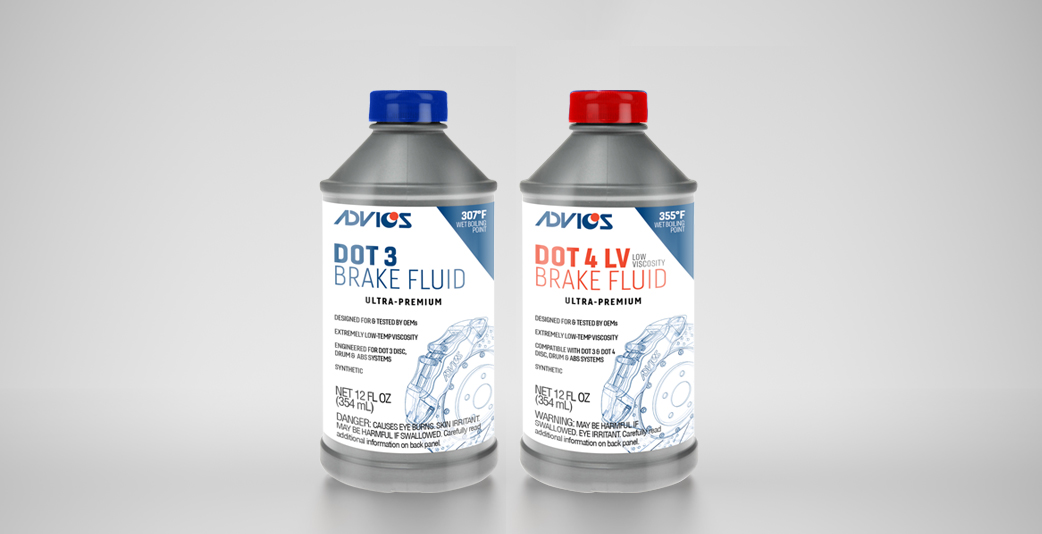
March 2, 2022
Brake fluid is arguably the most important fluid on the vehicle, and is crucial to the functionality and performance of the braking system. That’s why it’s so important to make sure that the correct brake fluid formulation is being used each time you perform a brake fluid flush and replacement.
You know that DOT 3 and DOT 4 brake fluid formulas have different boiling points listed on the bottle label, but what do those different temperatures actually mean and how do they impact the customer’s vehicle?
By understanding some of the science behind how these different brake fluid formulas perform within the vehicle’s hydraulic system, you can recommend and replace brake fluid with confidence.
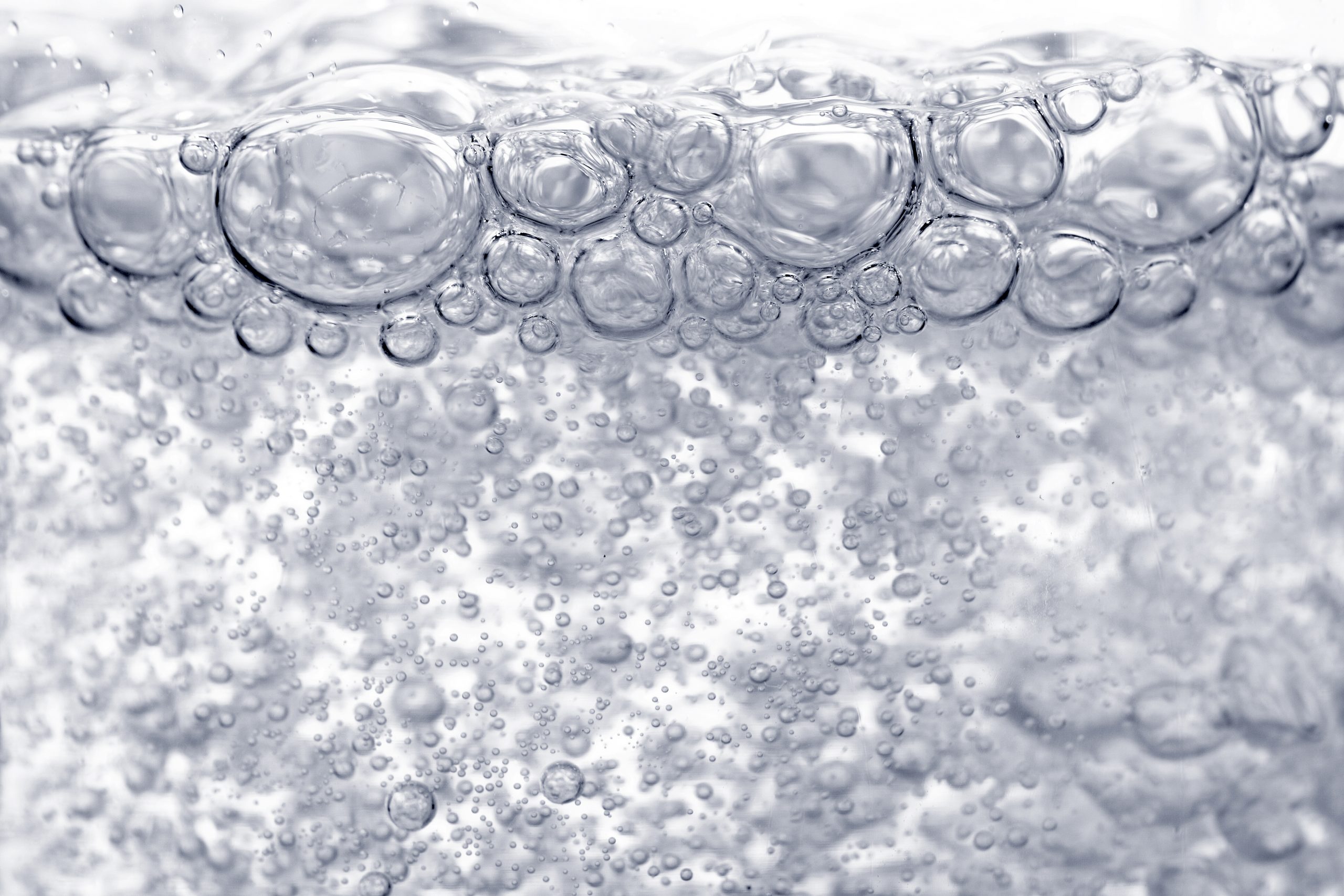
What Is a Boiling Point?
The brake fluid boiling point refers to the point at which the fluid will boil! Plain water boils at a temperature of 212°F while the boiling point of brake fluid is classified by both a “wet” and “dry” boiling temperature. These two temperatures will appear on the bottle’s label.

Wet vs. Dry Boiling Points
Both DOT 3 and DOT 4 brake fluid formulas are classified by a wet and dry boiling point temperature. Dry boiling point refers to the temperature at which a fresh, unopened bottle of brake fluid would boil. Wet boiling point is based on the point at which brake fluid boils in the vehicle’s fluid lines after absorbing 3.7% water by volume. After this amount of water absorption takes place, the fluid is considered “saturated” and needs to be changed. Typically, this will take place after about two years of use for DOT 4 formulas and one year for DOT 3 formulas. That’s when you should be on the lookout for things like spongy pedal feel, severely discolored brake fluid or low brake fluid levels when performing an inspection on vehicles that haven’t had their brake fluid serviced within either of those timeframes.
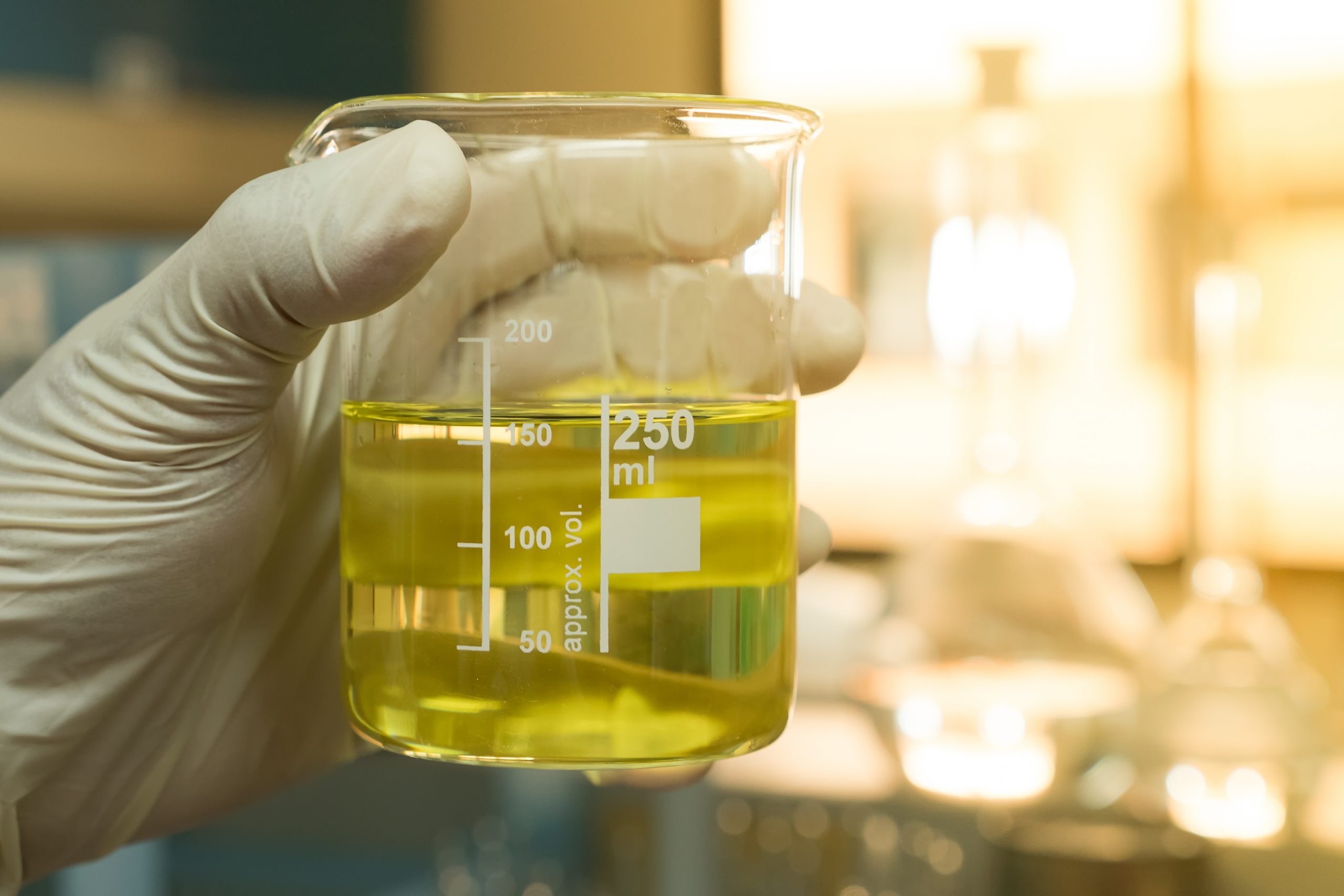
What is Water by Volume?
Brake fluid is predominantly made of glycol-ether, which is a hygroscopic fluid. This means that the fluid absorbs moisture from the air around it. “Water by volume” refers to the amount of water that has been absorbed by the brake fluid. The temperature at which the brake fluid boils when 3.7% water by volume has been absorbed will determine the wet boiling point of the brake fluid.
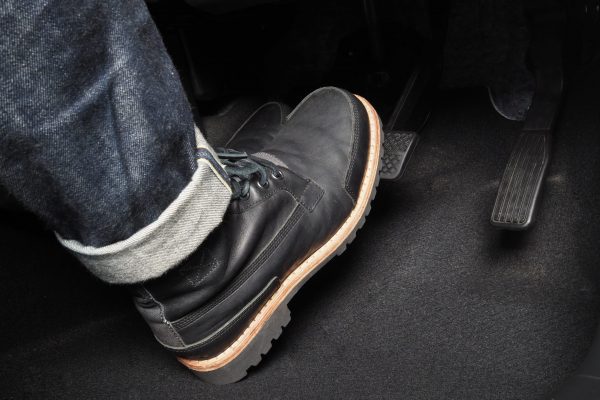
Higher Boiling Points Mean Better, Safer Braking Performance
When driving over challenging terrain, through wind and rain or on the track, the temperature of the brake pads can reach over 500°F, where this heat will then be transferred back into the brake fluid through the calipers.
If the brake fluid in the customer’s car doesn’t have industry-leading wet and dry boiling points like ADVICS ultra-premium DOT 3 and DOT 4 LV brake fluids, it will boil at this high heat, causing bubbles and vapor. The vaporized brake fluid can then cause vapor lock – a dangerous situation where the brakes stop working due to the vapor being compressed in the lines instead of the brake fluid.
The higher the brake fluid’s boiling points, the better it will be able to withstand wear and tear from driving conditions while delivering safe, reliable braking every time.
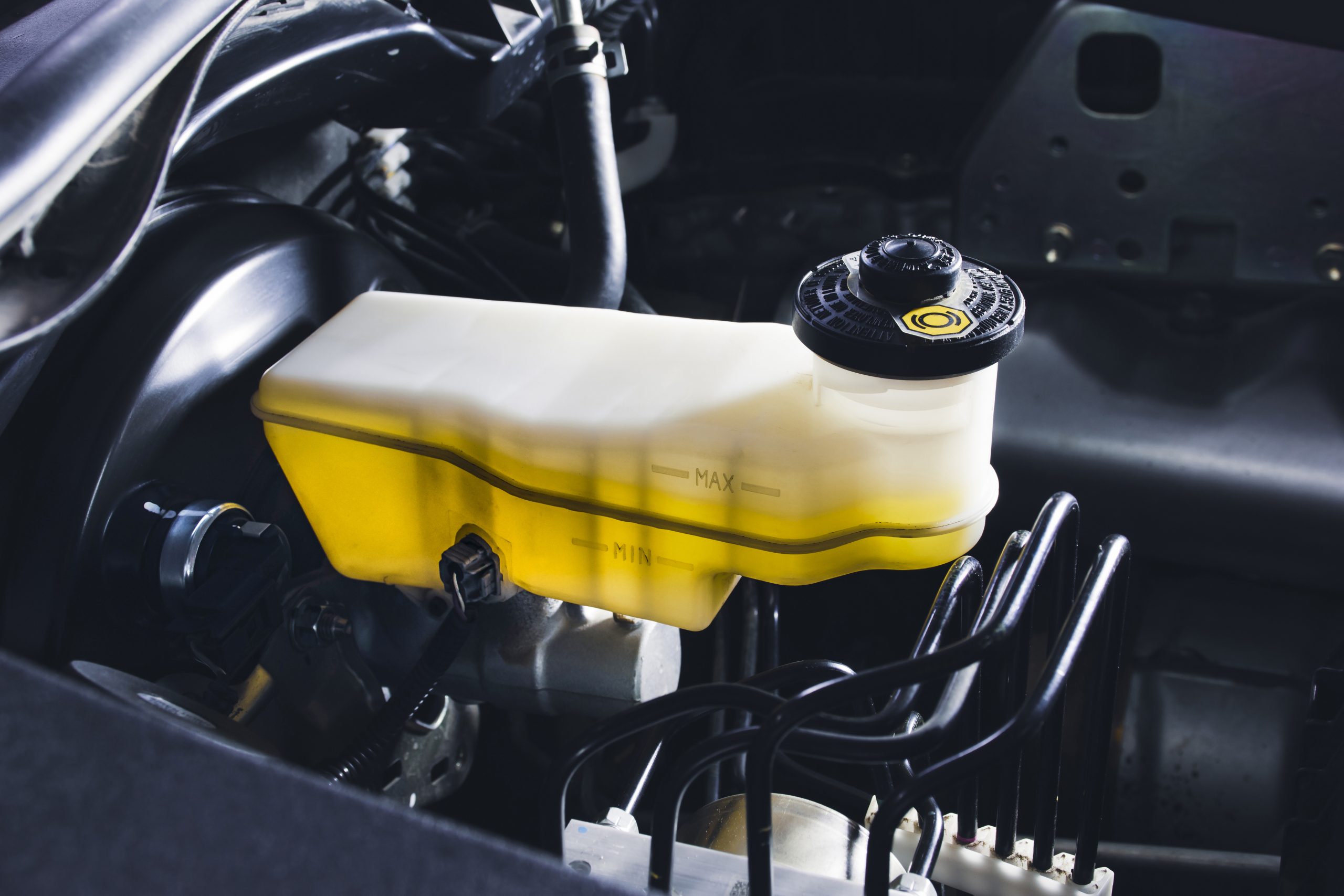
How Does Boiling Point Impact Service & Replacement?
DOT 3 and DOT 4 brake fluid formulas actually have different recommended service increments. DOT 3 brake fluid typically has lower boiling point temperatures, thus moisture is absorbed into the brake fluid more quickly than DOT 4. Regardless of the science behind these fluids and how they absorb moisture, brake fluid replacement should always be based on the information in the owner’s manual.
Did you know that we just launched our all-new line of ultra-premium DOT 3 and DOT 4 LV brake fluid formulas? Check them out here.
